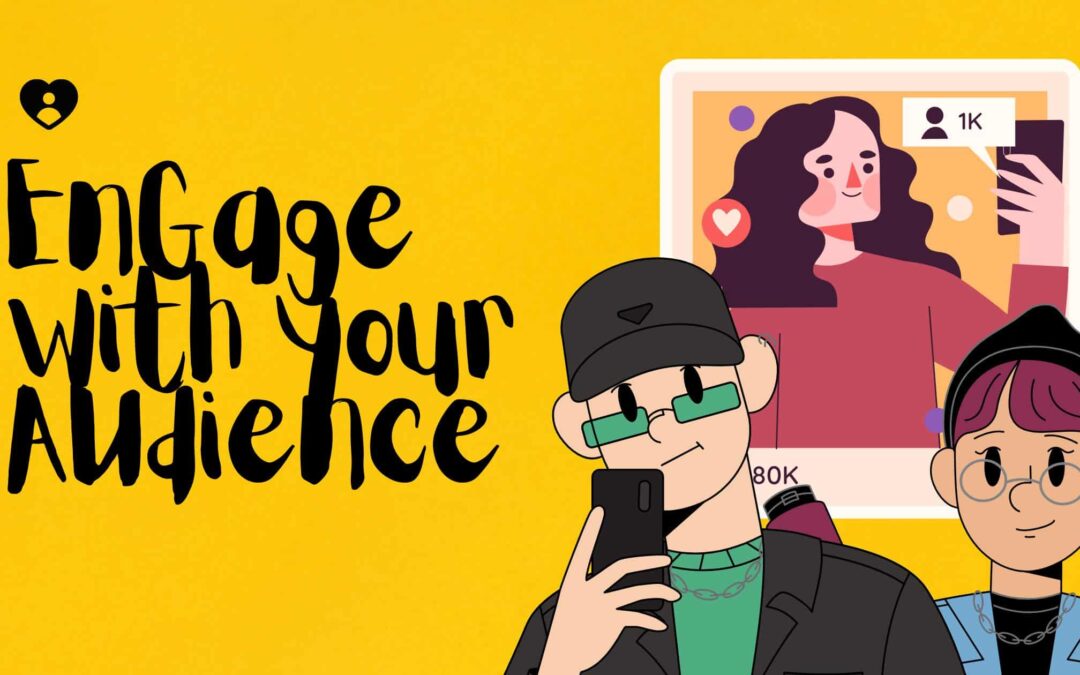
New Year Refresh: Marketing Insights for Business Success
Now that we have stepped into the new year, businesses have a fantastic opportunity to leave an imprint. While new year is like a bright spot to gain worthwhile marketing and branding insights, it is also an opportunity to shine just like the positive energies everywhere. To be ahead in the business realm is to understand the intricacies of marketing and branding. These insights are like the compass that guides firms across the shifting terrains of consumer behavior, market trends, and brand positioning. So, let’s begin:
Revitalizing for the New Year: A Website Facelift
Your website is the digital face of your business, and the start of the year provides the perfect canvas for a makeover. It’s an opportune time to contemplate the evolution of your brand’s online identity.
Web Design Trends
The latest web design trends focus on immersive experiences—envision dynamic content, interactive elements, and storytelling that captures the essence of your brand. A website should transcend mere aesthetics. It should resonate with your audience, embody your brand’s values, and craft a user journey that is both intuitive and unforgettable. Consider adding subtle animations, fresh imagery, or a themed blog series to invigorate your brand experience.
So, As you begin, envision your website as a dynamic canvas awaiting strokes of innovation. Incorporate New Year touches that align seamlessly with your brand’s style, creating a captivating visual experience. Streamline navigation for a cohesive user experience, ensuring every design element communicates your brand’s values with clarity.
Revamping Websites for Success:
This website revamp is a commitment to excellence—a pledge to create an online space that reflects positive changes and envisions aspirations for the year ahead. Let your website not only be informative, but also creative and engaging. Your audience deserves it. Guide the visitors through an invigorating brand experience, setting the stage for growth and engagement.
As you rejuvenate your website for the new year, remember that aesthetics are just part of the equation—speed and optimization are equally crucial. A fast-loading website is paramount for user satisfaction and SEO.
Studies show that an ideal website should load within 2-3 seconds. Beyond user frustration, slow-loading pages impact search engine rankings, with Google prioritizing speed in its algorithm. Achieve this by compressing images, optimizing scripts, and leveraging browser caching. Implement a Content Delivery Network (CDN) for global speed enhancement, ensuring a seamless user experience regardless of location.
Mobile responsiveness is no longer optional. With Google’s mobile-first indexing, prioritize a responsive design to cater to the growing number of users accessing websites via mobile devices. “The latest data reveal that more than two-thirds of the world’s total population now uses a mobile phone, with the number of “unique” mobile users reaching 5.60 billion in October 2023.”
Marketing and Branding Insights: The New Year Spirit
The heart of the New Year season—fresh beginnings and optimism—can be woven into your marketing strategy. Tailor your messaging not only to sell but to contribute something of value to your customers’ lives. This could be exclusive New Year content, special offers, or personalized recommendations based on their interests and preferences. Use this time to analyze customer interactions with your website. What pages do they frequent most as they start the New Year? Which products are they seeking? This data can help you prepare targeted campaigns that directly address your customers’ New Year aspirations.
Transform Your Business: Elevate with a Website Makeover
Consider the profound impact of investing in a custom website redesign for your business. This strategic move goes beyond mere expenditure—it’s a transformative step that can boost user engagement, strengthen brand loyalty, and improve overall conversion rates. A website makeover is a valuable investment that continues to yield benefits well beyond any particular season.
In this new Year, we want to express our gratitude to you and your network. We’re thrilled to unveil our January Referral Celebration—an opportunity for you and a fellow business to unlock substantial savings that are simply too good to pass up.
Refer another business for website design or redesign, and both of you will enjoy an exclusive discount. It’s our way of expressing gratitude and continuing to spread the joy.
- You save $200 off our regular pricing.
- The referred business saves $200 off theirs too.
This offer is only valid until the end of January, so seize the chance to enhance your online presence and kickstart the New Year with a refreshed brand.
Ready to Illuminate Your Brand?
Now in the early days of the new year, is the moment to stride toward a brighter future for your business. Share the love, refer a colleague, and receive a substantial discount together. It’s our way of spreading cheer and appreciation for the community that has supported us all year round.
Ready to get started on our New Year referral celebration or refer to our pricing page.?





